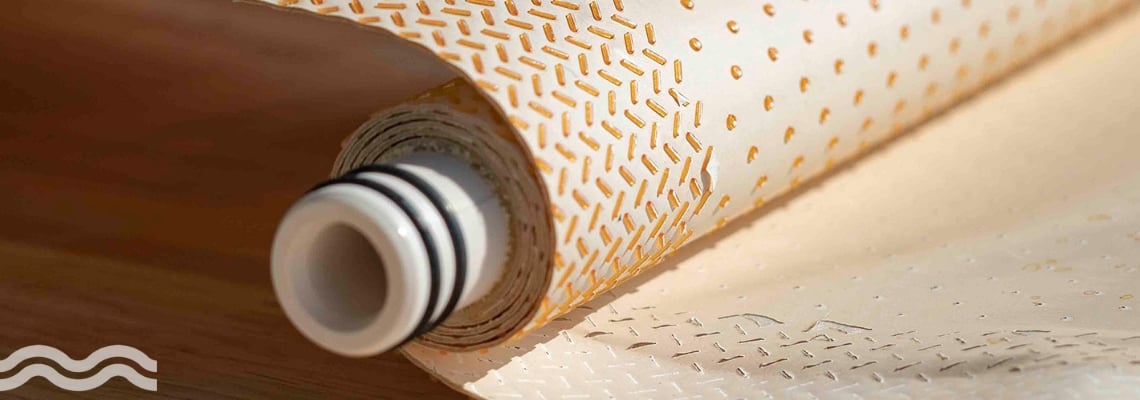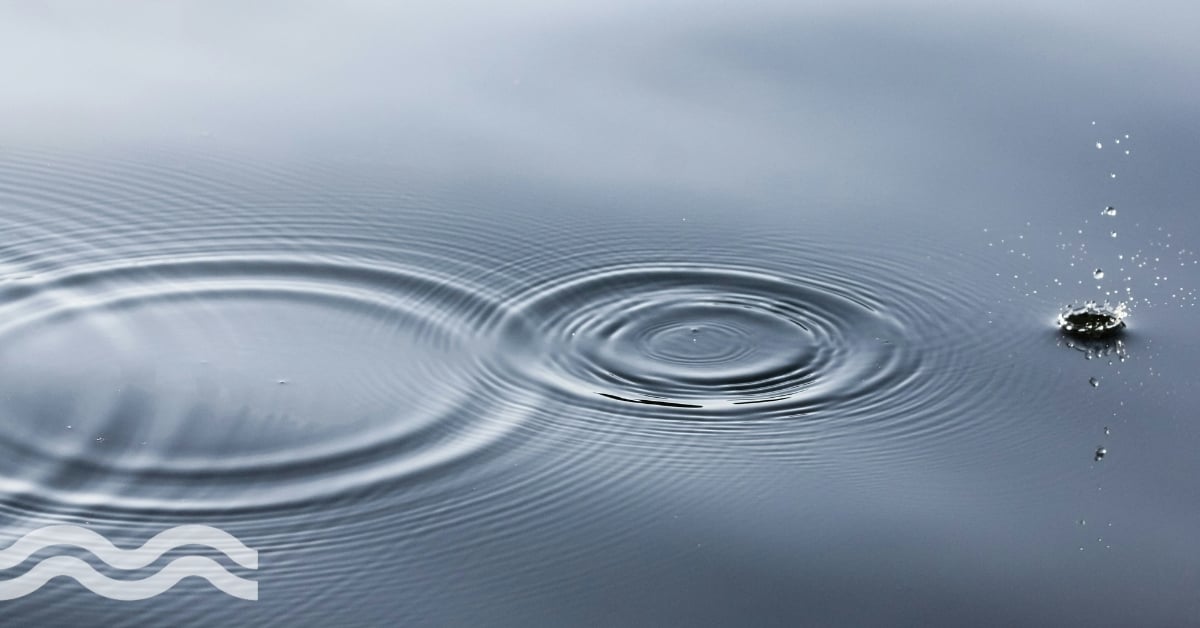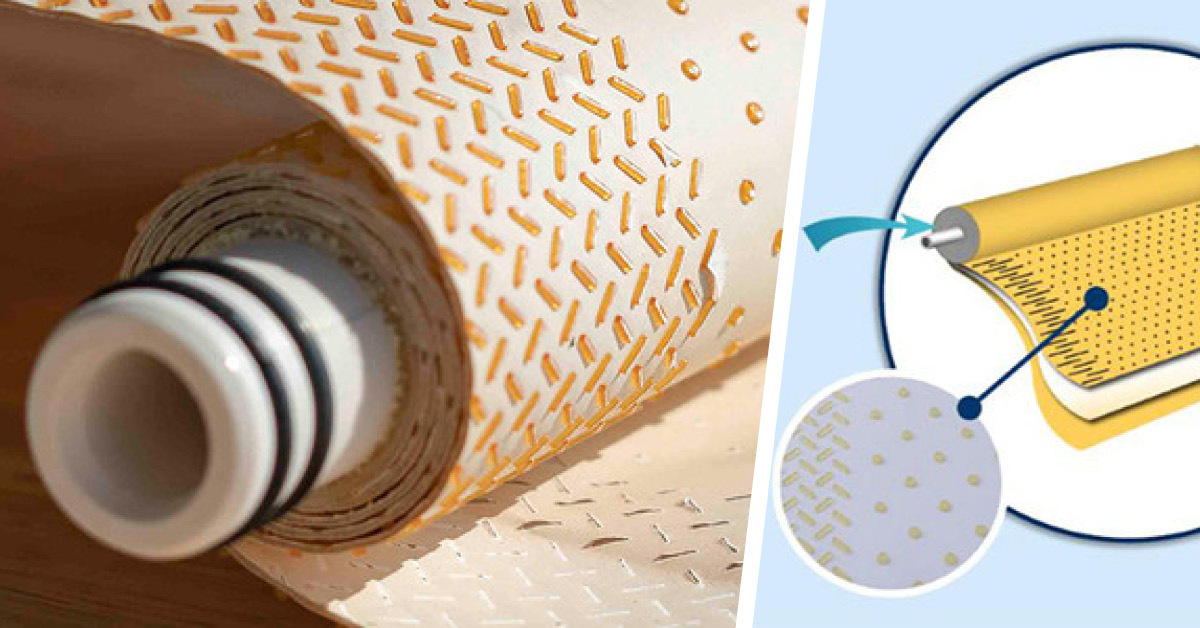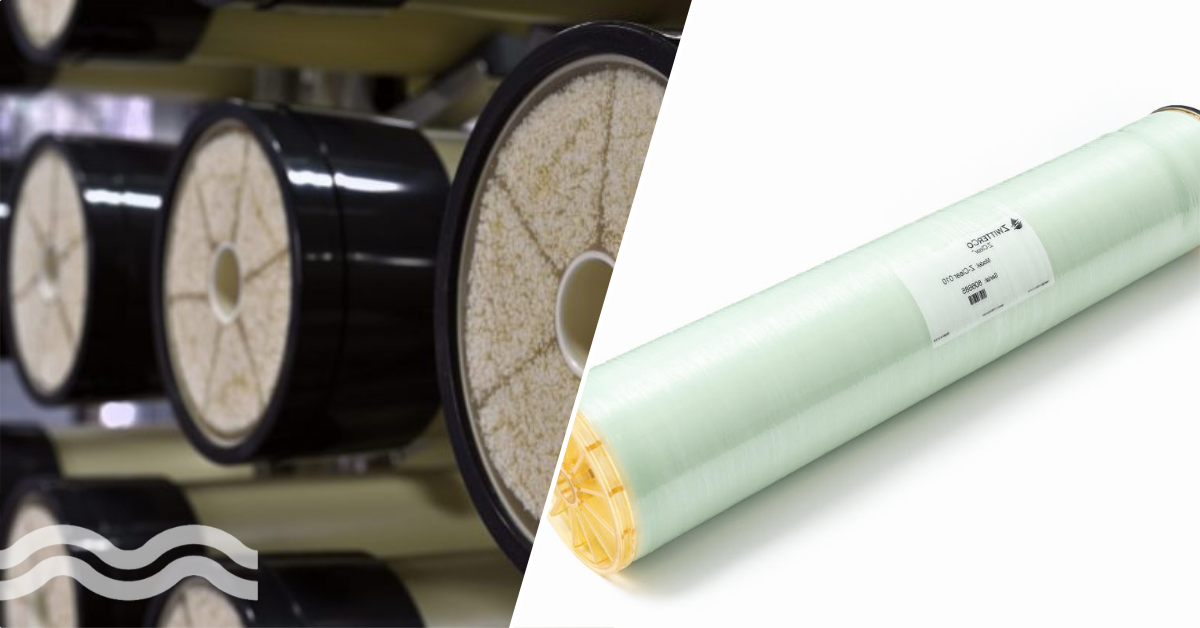Printed Spacer Technology extends life of reverse osmosis system
An extended testing period at Micron Technology's memory chip manufacturing plant has proven Printed Spacer Technology as an energy and cost-efficient means of producing ultra-pure water (UPW) for the semiconductor industry.
Successful trial leads to extended usage
Micron Technology trialled Aqua Membranes' Printed Spacer Technology at its Boise, Idaho, USA, plant for two years to evaluate its performance against traditional UPW/wastewater treatment reverse osmosis systems.
The trial revealed a dramatic improvement in performance with both reduced energy and maintenance costs and, as a result Micron is exploring expanding its usage of Aqua Membranes’ Printed Spacer Technology® throughout its manufacturing network.
Over the course of the pilot period, Aqua Membranes' Printed Spacer Technology saved 29 per cent of energy costs and lasted four times longer than the industry standards.
Andrew Byrnes, from the Micron Ventures team, told media: "Data doesn't lie, and data like this shows the massive benefit of printed spacers."
The problem with semiconductors
![]()
Semiconductors are used in electronic devices in virtually every sector, from household items to military vehicles, and the global market is projected to be worth close to €962 billion by 2033, up from €510 billion in 2023.
One of the major drawbacks with semiconductor manufacturing is the quantity of UPW that is needed to produce each chip and the energy consumption required to make that water. Each chip can require up to 2,200 gallons of UPW, which requires a huge amount of electricity, which comes at a cost.
The goal of the pilot for Micron Technology was not simply to reduce costs, it was also to meet its 2030 sustainability goals which include a 42 per cent reduction in direct greenhouse gas emissions, a 75 per cent water conservation rate and a 95 per cent reuse, recycling and recovery rate for waste, with an aspiration to achieve zero hazardous waste to landfill.
To help the company meet its greenhouse gas emission reduction, water conservation, waste reduction and energy efficiency goals, it needed a better solution for its water treatment processes.
The solution was found in space
Micron Technology chose Aqua Membranes' Printed Spacer Technology in a bid to reduce energy costs and to improve performance efficiency. Unlike traditional Reverse Osmosis (RO) elements, where spacers need to be connected to each other, the Aqua Membranes spacers are printed directly onto the membranes. Because these spacers are optimally spaced, they occupy significantly less volume in the feed channel compared to traditional RO systems, reducing fouling and scaling. By slowing down the rate of bulk fouling, pressure drops are less frequent or drastic.
This has two main benefits: a slower fouling rate means longer intervals between cleaning, resulting in lower maintenance costs and longer membrane life. At the same time, a pressure drop reduction means greater energy savings and reduced emissions.
This leads to energy and maintenance cost savings and helps to meet Micron Technology's 2030 sustainability goals.
How were the membranes tested?
The pilot last for two years during which there were two stages of testing that involved head-to-head comparisons between RO with traditional mesh systems and Aqua Membranes' Printed Spacer Technology.
During the first stage, baseline establishment testing revealed dramatic reductions in both the fouling of the membrane and the use of energy. This system ran continuously 24 hours per day from April 2023 through to the end of January 2024.
Energy saving increased from 29 to 37 per cent
The results of this pilot stage revealed that the printed spacers reduced the rate of differential pressure (DP) increase by four times, compared to mesh spacers, indicating significantly less fouling. Energy savings increased over the course of the year from 19 to 22 per cent.
Stage two tested an improved pattern and element design. Over the course of two months, energy saving increased from 29 to 37 per cent. Pressure drop rate showed a similar improvement to stage one testing. The system has continued to run Micron's Boise plant following the end of the pilot period, with the company stating that savings continue to increase.
The pilot at Micron Technology's Boise manufacturing plant has demonstrated clear potential for Printed Spacer Technology in the production of ultra-pure water, especially in the rapidly expanding global semiconductor market.
Share your water technology stories with us
Do you have an innovation, research results or an other interesting topic you would like to share with the international water technology industry? The Aquatech website and social media channels are a great platform to showcase your stories!
Please contact our Sr Brand Marketing Manager Annelie Koomen.
Are you an Aquatech exhibitor?
Make sure you add your latest press releases to your Company Profile in the Exhibitor Portal for free exposure.
We promise never to send you spam and you can unsubscribe at any time!



